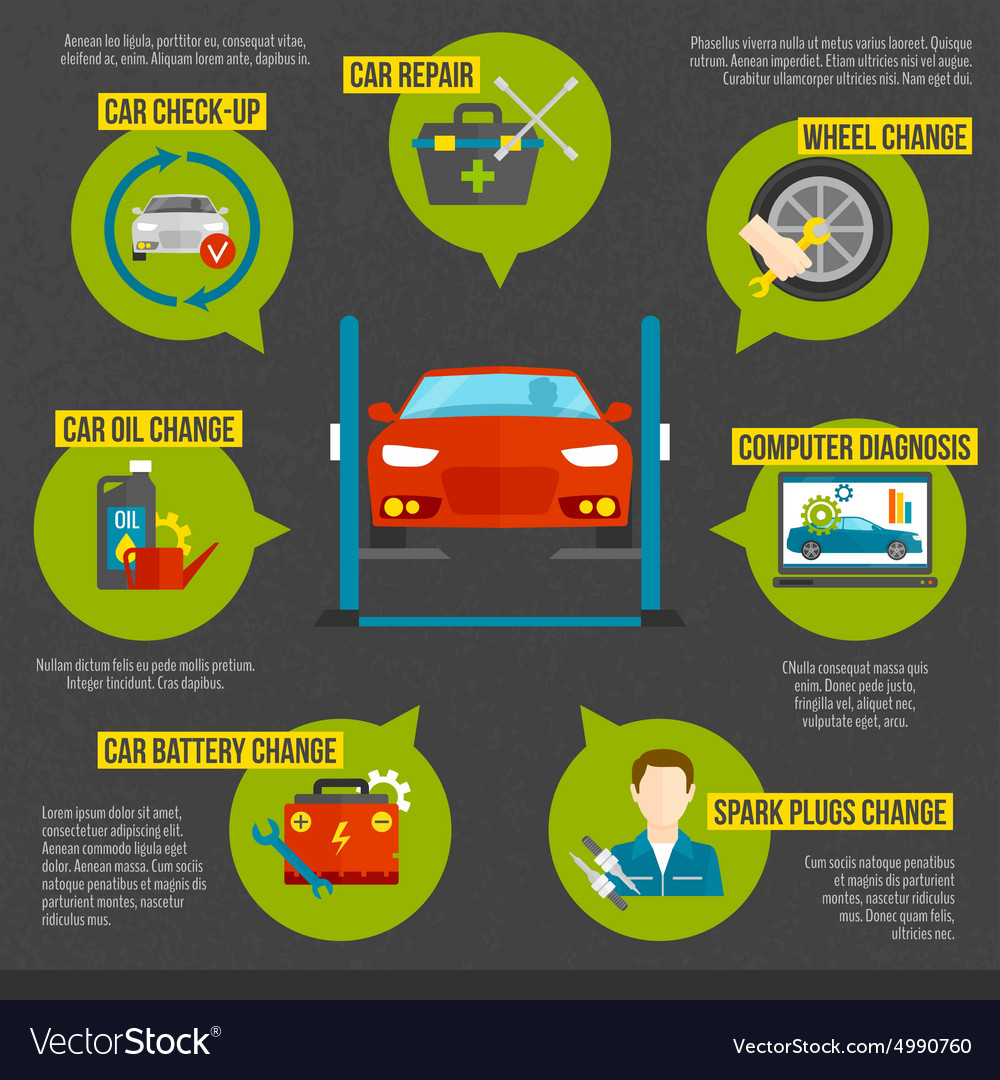Analyzing Your Car'S Warning Indicators: What They Truly Share
Analyzing Your Car'S Warning Indicators: What They Truly Share
Blog Article
Write-Up By-Lim Corbett
When you lag the wheel, those beautiful warning lights on your dashboard can be a bit complicated. Do you understand what they're trying to tell you concerning your automobile's wellness? Recognizing interiorcarcleaning of these lights is important for your safety and security and the longevity of your vehicle. So, the next time one of those lights appears, would not you intend to understand its message accurately and take the essential actions to resolve it?
Common Caution Lighting and Interpretations
Recognize usual warning lights in your car and recognize their meanings to ensure safe driving.
The most typical caution lights consist of the check engine light, which indicates issues with the engine or emissions system. If this light begins, it's vital to have your vehicle checked immediately.
The oil pressure warning light indicates reduced oil stress, requiring immediate attention to avoid engine damage.
A blinking battery light may recommend a defective charging system, possibly leaving you stranded if not attended to.
The tire stress surveillance system (TPMS) light alerts you to low tire pressure, affecting lorry security and gas efficiency. Disregarding this could bring about risky driving conditions.
The abdominal light shows a problem with the anti-lock braking system, endangering your capability to stop rapidly in emergency situations.
Last but not least, the coolant temperature level alerting light warns of engine overheating, which can cause extreme damages if not settled swiftly.
Recognizing https://brake-check28495.dailyblogzz.com/31733854/usual-misconceptions-bordering-auto-repair-work-clarified will help you resolve issues immediately and maintain risk-free driving conditions.
Significance of Prompt Interest
Comprehending the usual caution lights in your vehicle is just the first step; the importance of quickly addressing these cautions can't be emphasized sufficient to ensure your security when traveling.
When a warning light brightens on your dashboard, it's your auto's means of interacting a prospective problem that requires attention. Disregarding these warnings can bring about extra extreme problems later on, compromising your safety and possibly costing you much more in repairs.
Prompt attention to warning lights can stop breakdowns and crashes. For instance, a blinking check engine light might suggest a misfire that, if left unattended, can create damages to the catalytic converter. Addressing boat cleaning services can save you from an expensive repair work.
Similarly, a brake system advising light could signify reduced brake fluid or used brake pads, vital components for your security when driving.
Do It Yourself Troubleshooting Tips
If you see a warning light on your control panel, there are a couple of DIY fixing suggestions you can attempt prior to seeking specialist help.
The initial step is to consult your auto's handbook to recognize what the specific caution light suggests. Often the issue can be as straightforward as a loose gas cap activating the check engine light. Tightening up the gas cap may fix the issue.
Another usual issue is a low battery, which can activate different warning lights. Checking the battery links for deterioration and ensuring they're secure could take care of the trouble.
If a warning light lingers, you can try resetting it by detaching the vehicle's battery for a few minutes and then reconnecting it. Furthermore, examining your car's liquid degrees, such as oil, coolant, and brake fluid, can assist troubleshoot cautioning lights associated with these systems.
Verdict
In conclusion, recognizing your car's warning lights is vital for maintaining your car running efficiently and securely. By quickly addressing these notifies and recognizing what they imply, you can prevent costly repairs and potential failures.
Keep in mind to consult your automobile's manual for certain details on each advising light and take action as necessary to make certain a trouble-free driving experience.
Remain informed, remain safe on the road!
